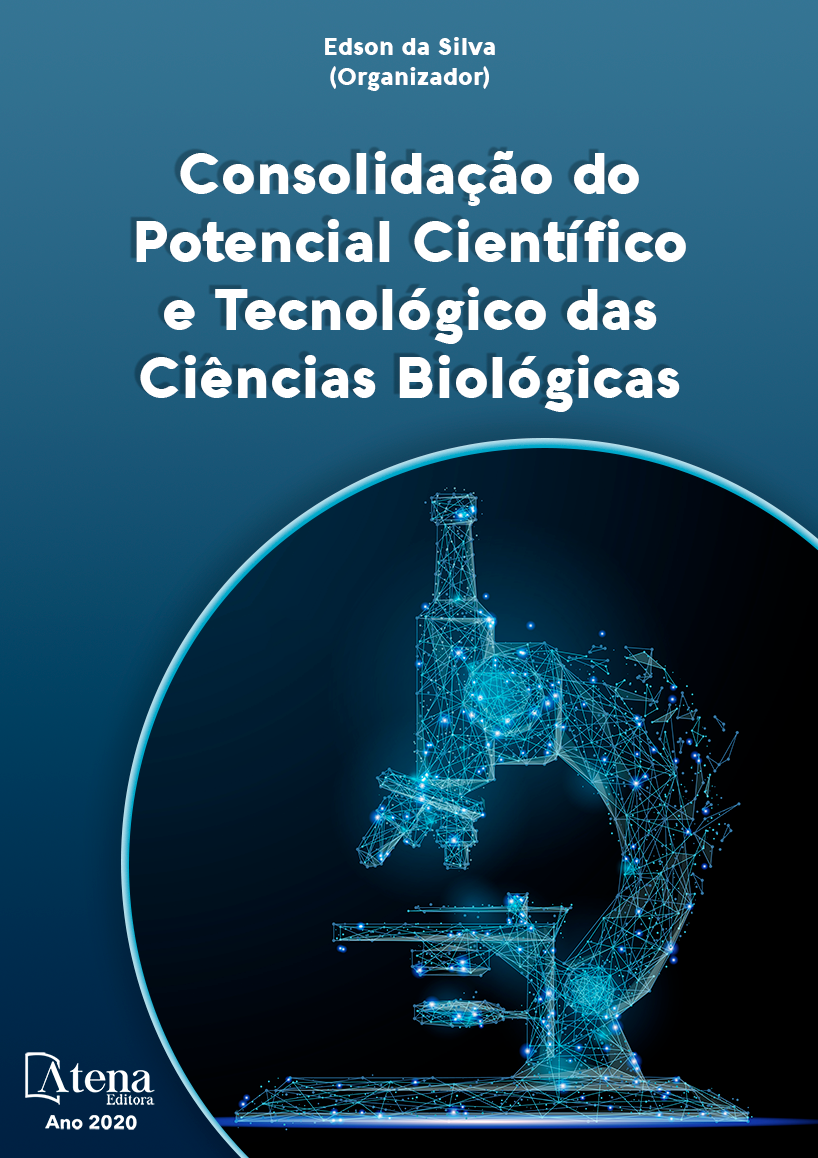
AVIFAUNA DE UMA ÁREA DO CERRADO CENTRAL GOIANO: comparação entre fragmentos florestais e matriz urbana
O presente trabalho tem como objetivo, fazer o levantamento da avifauna presente em fragmentos de floresta e na matriz urbana do municipio de São Luiz do norte, região do Centro Goiano. A coleta de dados foi realizada em 9 pontos específicos, sendo quatro em fragmentos de floresta localizados na zona rural e cinco pontos na matriz urbana do município. Foram identificadas 104 espécies de aves distribuídas em 37 famílias. Dentre as 104 espécies 9 foram exclusivas da matriz urbana e 41 exclusivas dos fragmentos florestais. A guilda trófica que mais se apresentou foi a dos onívoros, seguidos de insetívoros e frugívoros. As espécies onívoras e insetívoras não especialistas se apresentaram melhor distribuídas devido à capacidade de se adaptarem as modificações no ambiente. O índice de diversidade de Shannon para os fragmentos florestais foram, FBS = 3,844, FSV = 3,796, FSVII = 3,39 e FSC = 3,706, já nos pontos localizados na matriz urbana foram LMU = 3,616; PMA = 3,027; PCE = 3,115; PPS = 3,337; PSB = 3,267. Destacaram-se FBS, FSV e FSC como os locais com maior diversidade. A distribuição das espécies apontada no Diagrama de Venn, demonstra que a sobreposição das espécies é similar entre os 4 pontos nos fragmentos florestais e similar entre as 5 localidades na matriz urbana. O índice de Jaccard para a área de estudo foi de 0,511, apresentando similaridade mediana. A avifauna da região pode ser considera rica, destacando- se os pontos FBS, FSC e FSV que apresentaram maior diversidade. A avifauna sofre relativamente com os processos de antropização, podendo-se notar pelo fato de que a maioria das espécies foi associada aos ambientes florestais.
AVIFAUNA DE UMA ÁREA DO CERRADO CENTRAL GOIANO: comparação entre fragmentos florestais e matriz urbana
-
DOI: 10.22533/at.ed.47020030812
-
Palavras-chave: Diversidade. Estrutura trófica. Fragmentação de habitats
-
Keywords: Diversity. Habitat fragmentation. Trophic structure
-
Abstract:
The present work aims to survey the avifauna present in forest fragments and in the urban matrix of the municipality of São Luiz do norte, in the region of Centro Goiano. Data collection was carried out in 9 specific points, four in fragments of forest located in the rural zone and five points in the urban matrix of the municipality. A total of 104 bird species were identified in 37 families. Among the 104 species 9 were exclusive of the urban matrix and 41 exclusive of the forest fragments. The trophic guild that presented the most was the omnivores, followed by insectivores and frugivores. The omnivorous and insectivorous non- specialist species were better distributed because of their ability to adapt to changes in the environment. The Shannon diversity index for the forest fragments were, FBS = 3.844, FSV = 3.796, FSVII = 3.39 and FSC = 3.706, whereas at the points located in the urban matrix were LMU = 3.616; PMA = 3.027; PCE = 3.115; PPS = 3.337; PSB = 3.267. Highlighting FBS, FSV and FSC as the most diverse sites. The distribution of the species indicated in the Venn Diagram shows that the overlap of the species is similar between the 4 points in the forest fragments and similar between the 5 localities of the urban matrix. The Jaccard index for the study area was 0.511, with a median similarity. The avifauna of the region can be considered rich, especially the FBS, FSV and FSC points that presented greater diversity. The avifauna suffers relatively with the processes of anthropization, being possible to be noticed by the fact that the majority of the species was associated to the forest environments.
-
Número de páginas: 18
- Luciano Leles Alves
- Maisa Tavares Rocha
- Heloisa Baleroni Rodrigues de Godoy


